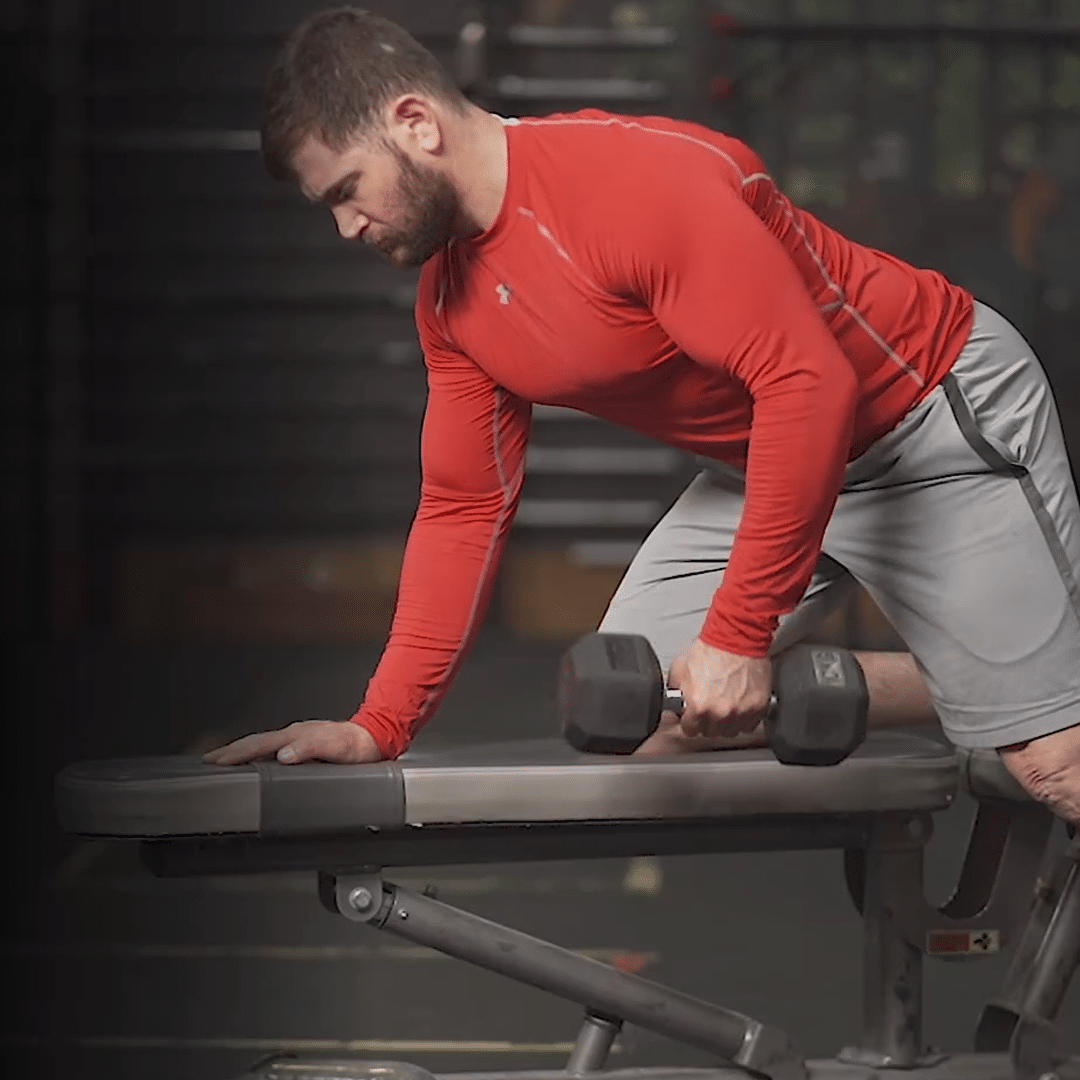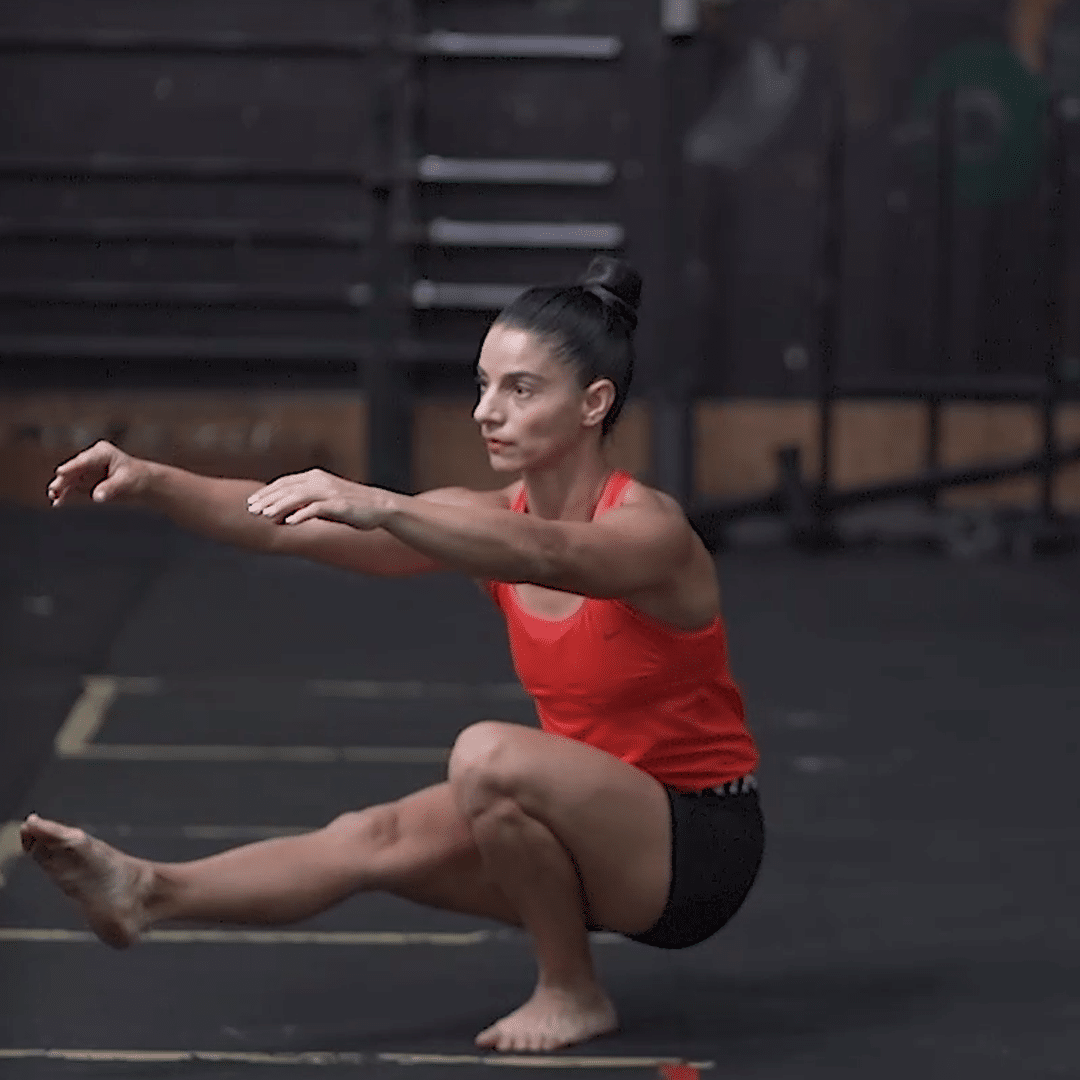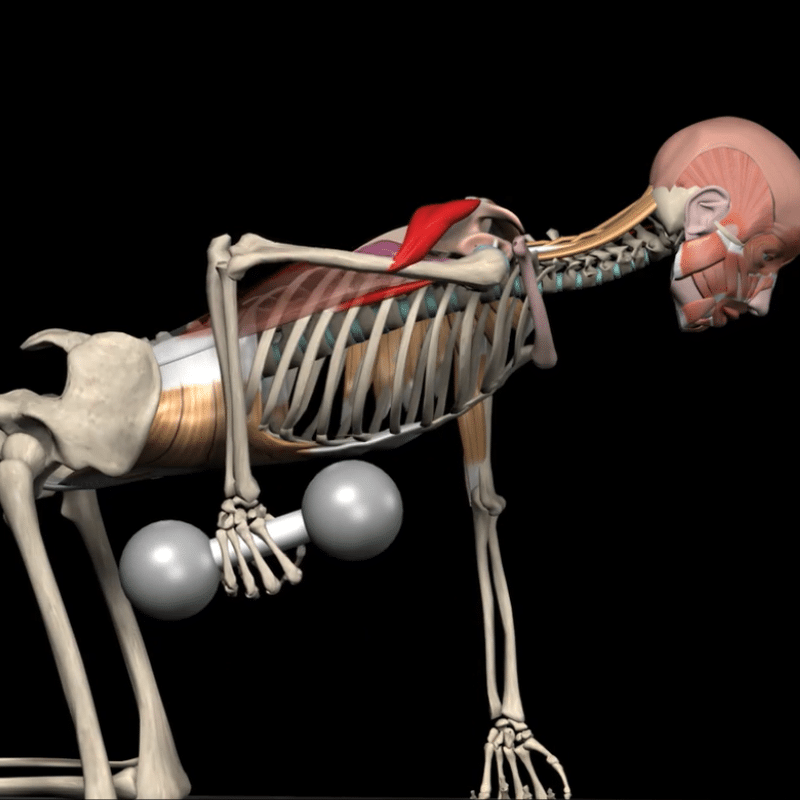When it comes to training programs, the emphasis often lies on bilateral exercises like squats, bench presses, or deadlifts. While these are undoubtedly effective, there’s another category of exercise that deserves your attention: unilateral exercises.
These exercises, focusing on one side of the body at a time, are not just supplementary but essential for balanced strength and injury prevention. This Muscle and Motion article delves into why incorporating unilateral exercises into your training routine can be a game-changer.
What are unilateral exercises?
Unilateral exercises involve using one side of the body at a time. The primary characteristic of these exercises is that they engage only one limb (arm or leg) or one side of the body during the movement. Examples include the single-leg deadlift, single-arm shoulder press, and single-arm row.
Unlike bilateral exercises, where the stronger side might dominate, unilateral exercises ensure each side of the body works independently, thereby promoting symmetrical strength and muscle development. While unilateral exercises fall under the broader category of asymmetrical exercises, they have distinct characteristics. Asymmetrical exercises can involve both sides of the body but differ in that the load or movement pattern is not evenly distributed.

Benefits of unilateral training
- Correct muscular imbalances
Unilateral exercises effectively prevent muscle imbalances by promoting equal development on both sides of the body. When you perform an exercise focusing on one side and then compare it with the other, it becomes easier to identify any muscular imbalances.It’s essential to note that the dominant limb is usually stronger than the non-dominant one, often by about 10%, as suggested by some studies.[1] However, the key is to watch out for any substantial discrepancies between the limbs to effectively assess and address imbalances.
- Enhanced core stability
Unilateral exercises, by their nature, create a unique challenge for the body’s core muscles. When you perform an exercise that engages only one side of the body, such as a single-arm shoulder press or a single-leg squat, it introduces an element of instability.This instability forces the core muscles to work harder to maintain balance and posture. For example, when you perform a single-arm shoulder press, the core muscles counteract the uneven weight distribution by stabilizing the spine and pelvis, ensuring the body remains upright and balanced.
- Injury prevention and rehabilitation
Unilateral exercises, being inherently less stable than bilateral exercises, demand active engagement not only from the core muscles for overall body stability but also from the smaller stabilizer muscles around the joints. Take, for example, the pistol squat: this exercise demands the involvement of the ankle inversion and eversion muscles to maintain balance on one leg, while the hip the rotator muscles also contribute to stabilizing the hip and pelvis during the movement.This comprehensive muscle activation is crucial for preventing injuries and aiding in rehabilitation.

- Cross-education in muscular strength from unilateral training:
Another reason why unilateral training is often more beneficial for rehabilitation than bilateral training because training one side of the body also activates the opposite side, a phenomenon known as muscle cross-education. This indirect stimulation helps improve strength in the injured area without directly working on it.[2] Research indicates that unilateral training can lead to an average strength increase of 7.8% in the untrained limb.[3] Additionally, a study exploring how to optimize the cross-education effect found that the best results are achieved by performing 3-5 sets of 8-15 repetitions that focus on eccentric contractions, with rest periods of 1-2 minutes between each set.[4]
Incorporate unilateral exercises into your training
Why wait? Start incorporating unilateral exercises into your training routine.
Here are some examples of unilateral exercises for your lower and upper body. For more exercises, check out our Strength Training App link in bio!
Lower Body:
Upper Body:
- Single-arm Dumbbell Row
- Single-arm Chest Press
- One-arm Landmine Shoulder Press
- One-are Upright Shoulder External Rotation
In summary, unilateral exercises are a crucial component of a balanced training regimen. They ensure muscle symmetry, enhance functional strength, and reduce the risk of injury. By incorporating these exercises into your routine, you can achieve a more balanced, stronger, and injury-resistant body.
At Muscle and Motion, we believe that knowledge is power, and understanding the ‘why’ behind any exercise is essential for your long-term success.
Let the Strength Training App help you achieve your goals! Sign up for free.
Reference:
- Petersen, P., Petrick, M., Connor, H., & Conklin, D. (1989). Grip strength and hand dominance: Challenging the 10% rule. The American Journal of Occupational Therapy: Official Publication of the American Occupational Therapy Association, 43(7), 444–447.
- Manca, A., Dragone, D., Dvir, Z., & Deriu, F. (2017). Cross-education of muscular strength following unilateral resistance training: a meta-analysis. European Journal of Applied Physiology, 117(11), 2335–2354.
- Munn, J., Herbert, R. D., & Gandevia, S. C. (2004). Contralateral effects of unilateral resistance training: a meta-analysis. Journal of Applied Physiology (Bethesda, Md.: 1985), 96(5), 1861–1866.
- Cirer-Sastre, R., Beltrán-Garrido, J. V., & Corbi, F. (2017). Contralateral effects after unilateral strength training: A meta-analysis comparing training loads. Journal of Sports Science & Medicine, 16(2), 180.


